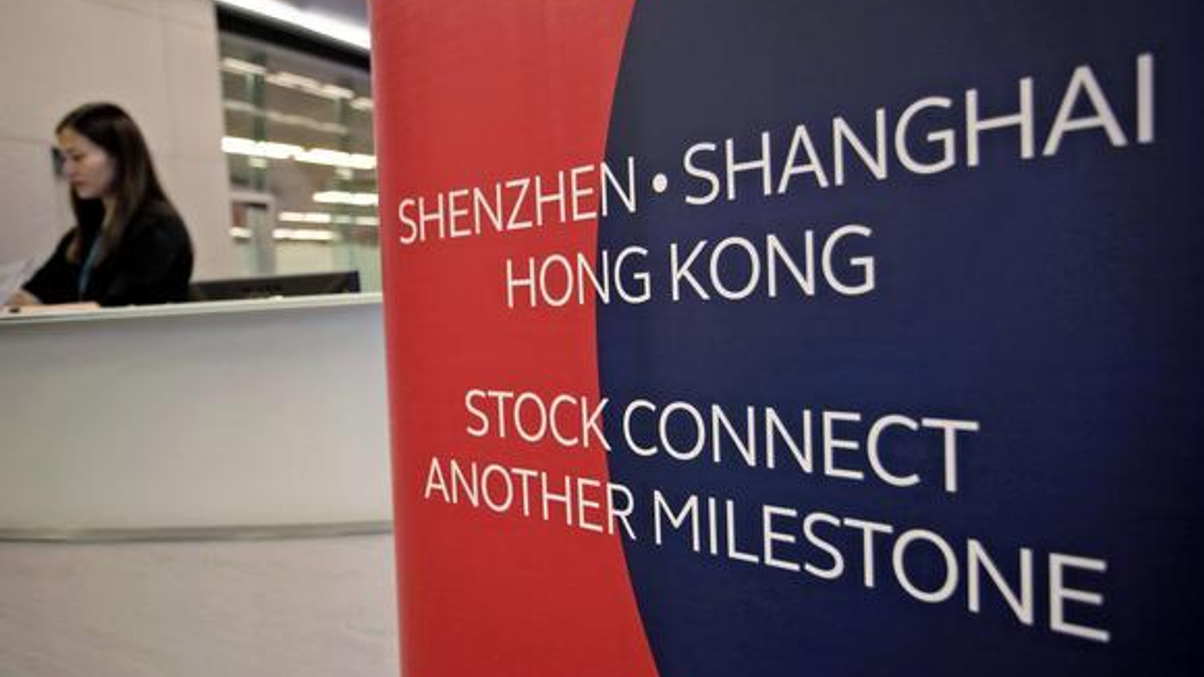Experts reveal hopes and fears for ETF Connect
Following the announcement of an ETF trading link to be created between Hong Kong and China, industry players outline the features they most want to see from its establishment.

While last week’s approval of the Shenzhen Connect was long-anticipated, the announcement contained a surprise: the China and Hong Kong securities regulators pledged to extend the Shanghai and Shenzhen trading links to incorporate exchange-traded funds (ETFs) some time in 2017.
Sign in to read on!
Registered users get 2 free articles in 30 days.
Subscribers have full unlimited access to AsianInvestor
Not signed up? New users get 2 free articles per month, plus a 7-day unlimited free trial.
¬ Haymarket Media Limited. All rights reserved.


